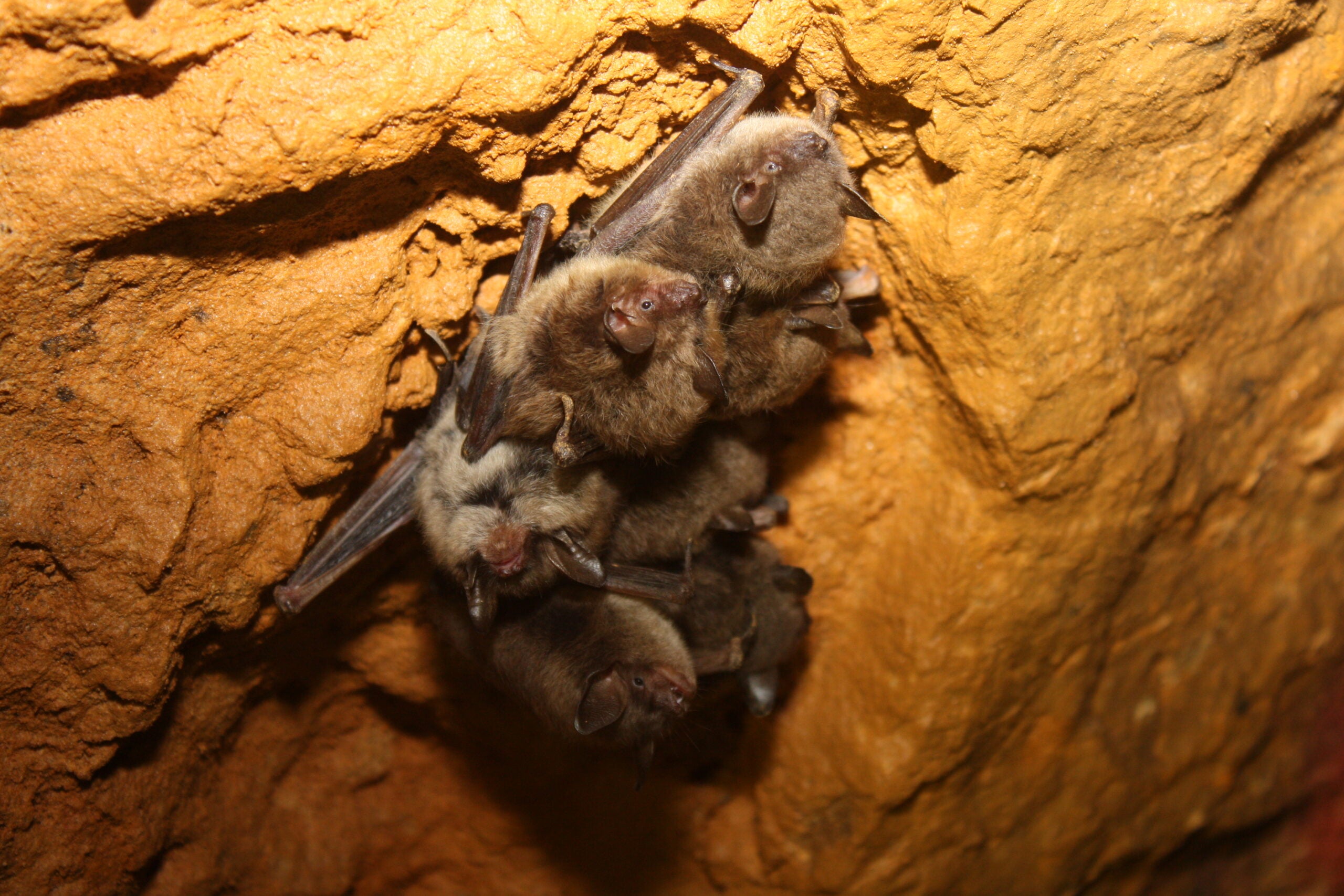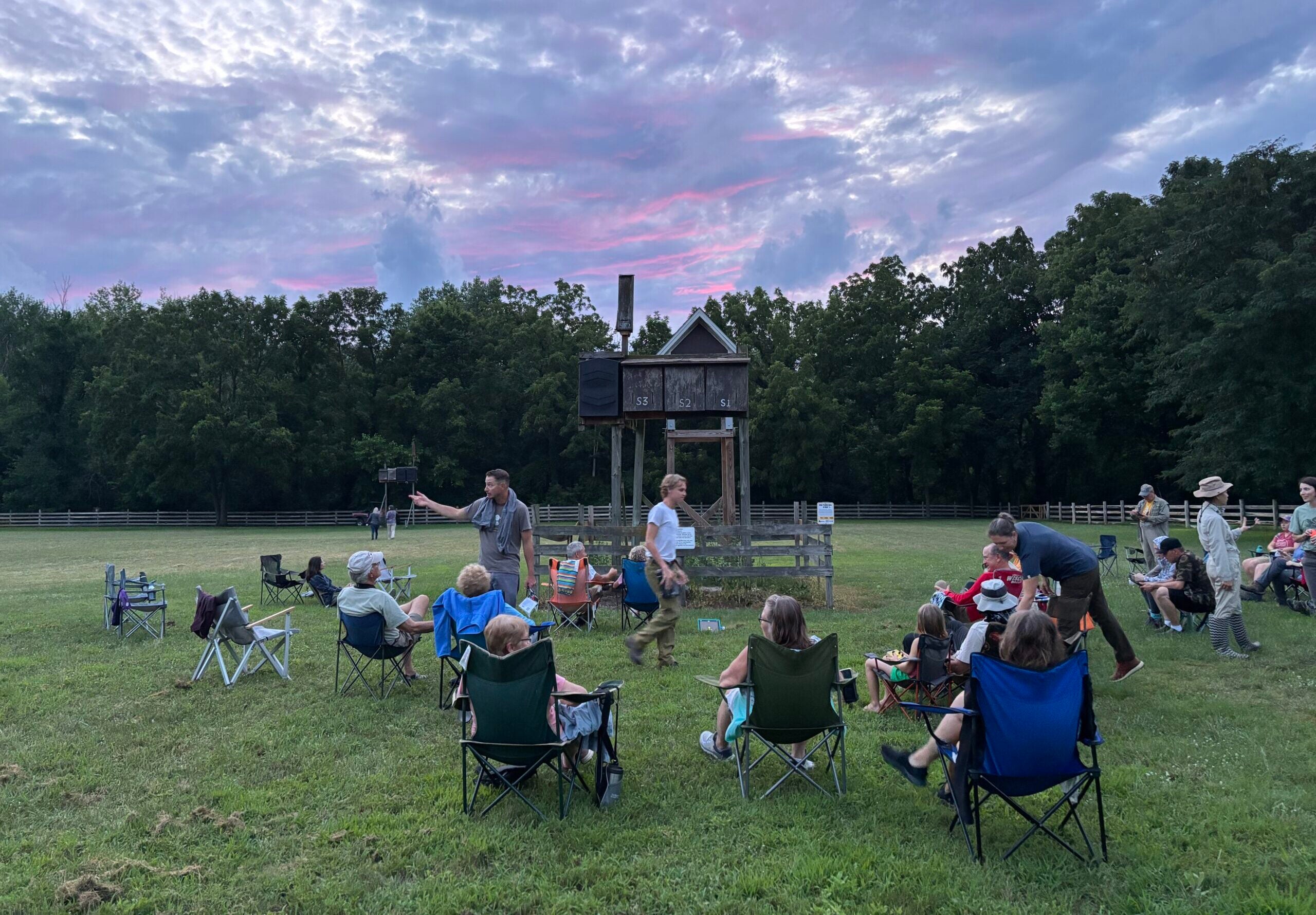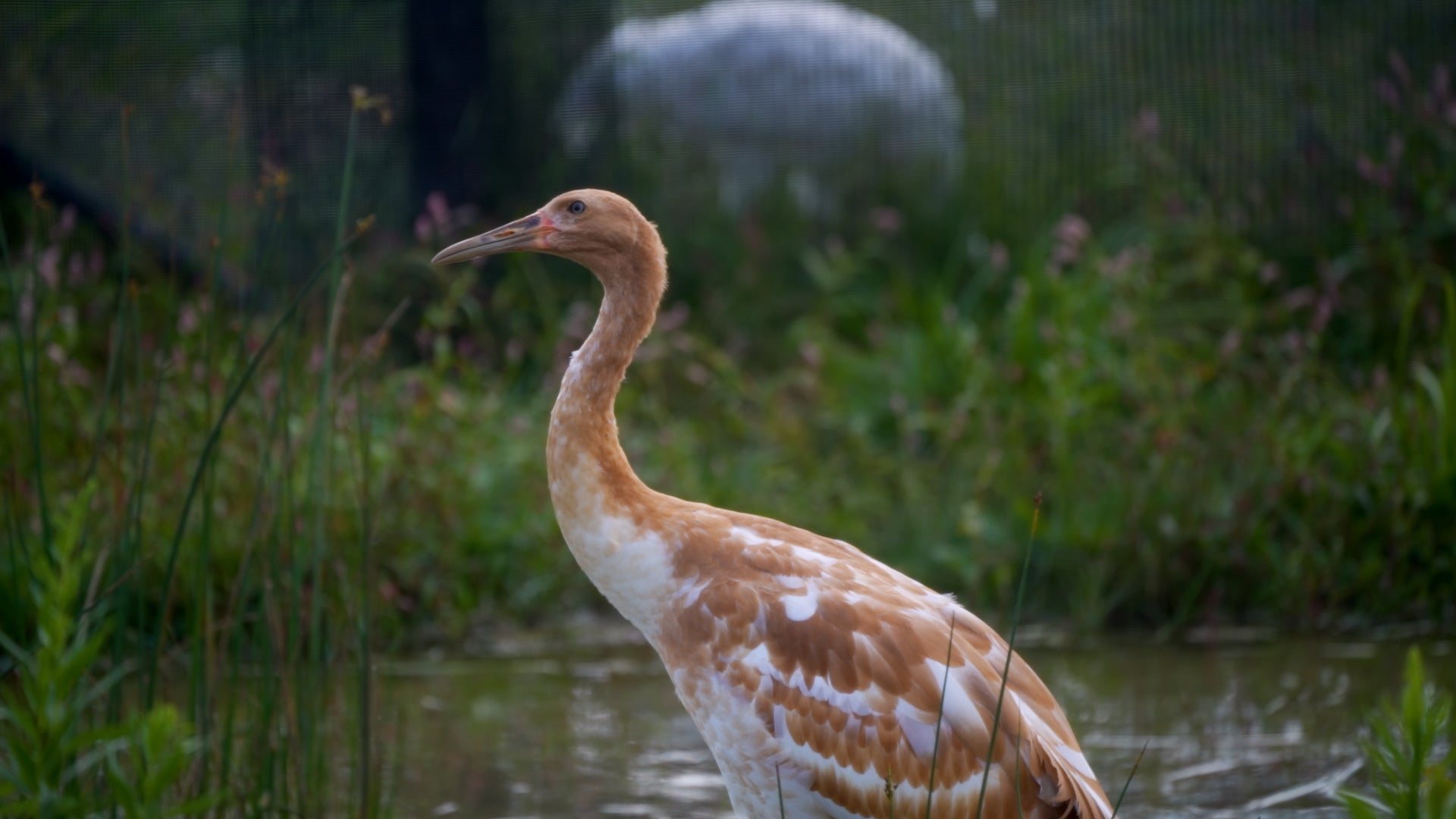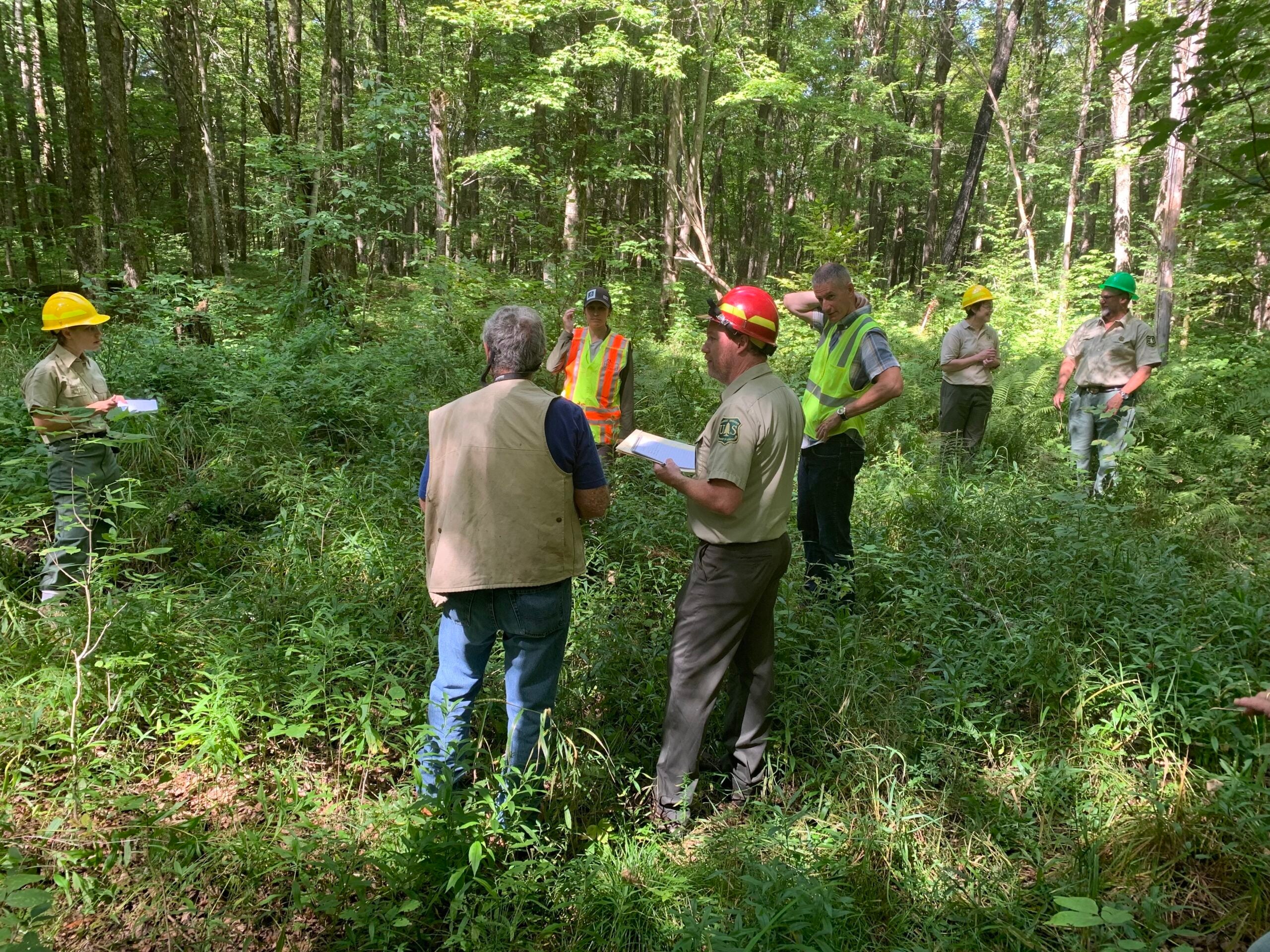After years of concern over the deadly fungal disease called White Nose Syndrome, experts are seeing some encouraging signs for Wisconsin’s bat population.
Jennifer Redell, a DNR conservation biologist, told WPR’s “Wisconsin Today” at two of the state’s largest hibernation sites, they’ve actually seen population growth each of the last three years.
Redell also shared that four out of Wisconsin’s eight bat species are affected by WNS. Tens of thousands of little brown bats here hibernate and cope with the disease.
News with a little more humanity
WPR’s “Wisconsin Today” newsletter keeps you connected to the state you love without feeling overwhelmed. No paywall. No agenda. No corporate filter.
The majority of Wisconsin’s little brown bats hibernate in just three mine sites, Redell said.
At two of those sites in Pierce County, the DNR observed that by 2020, only 20 percent of the original population was left. Over the next three years, Redell said, winter hibernation surveys showed numbers increasing back to over 50 percent of the original county.
Redell spoke with “Wisconsin Today” near the end of International Bat Week, hoping to piggyback on Halloween’s influence, as well for increasing bat awareness and visibility.
This interview was edited for brevity and clarity.
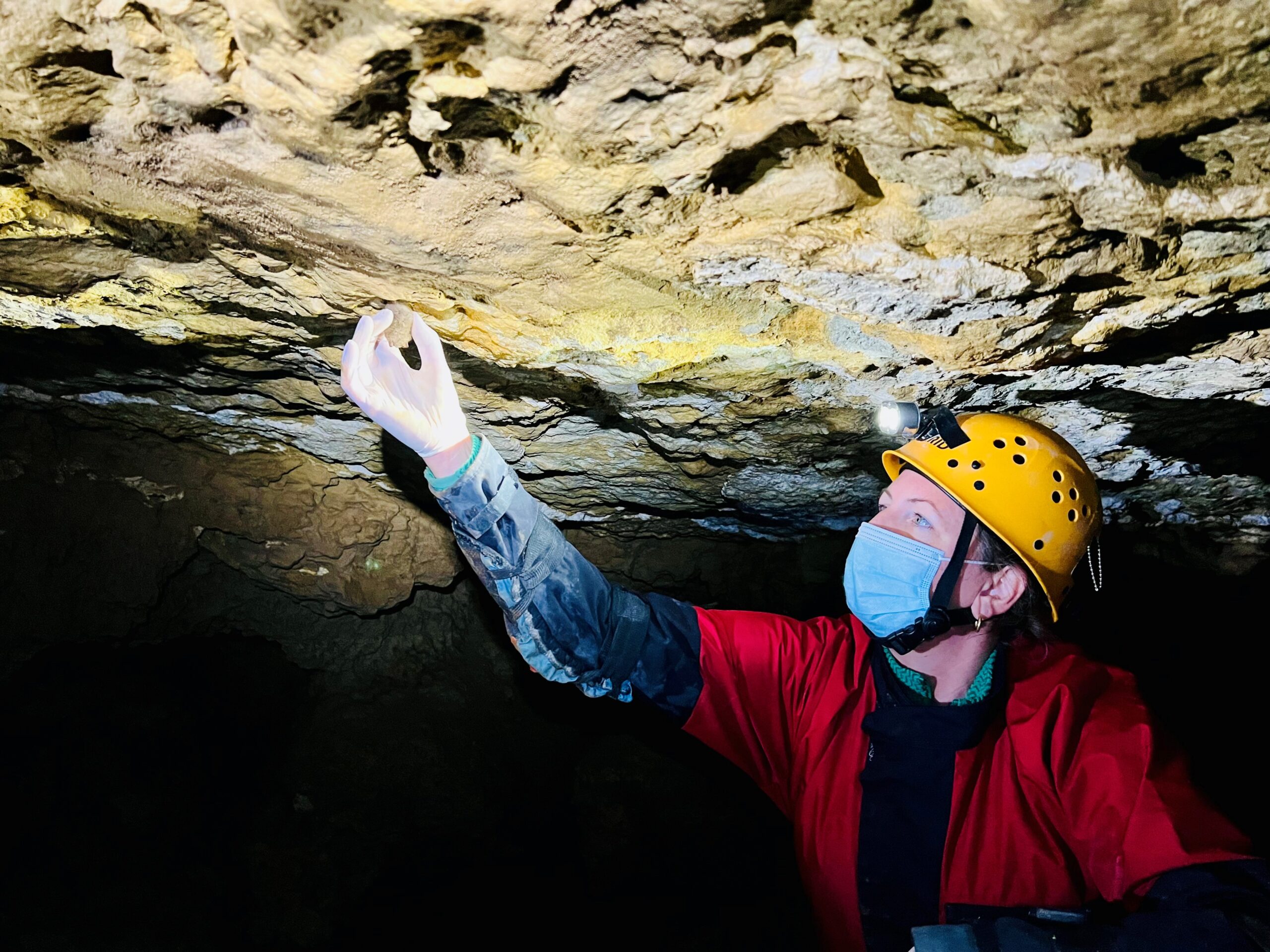
Kate Archer Kent: You’ve tracked an uptick in your bat count survey at hibernation sites for several winters now. What can that be attributed to?
Jennifer Redell: That is pretty hopeful, and we think it might have something to do with the environmental conditions of the site. But we also know — based on research that’s been conducted in Wisconsin with the help of some partners at Virginia Tech University — that bats in Wisconsin that are surviving with White Nose Syndrome are doing things to reduce the amount of fungus on their body. And fungus is what’s causing the disease.
KAK: What can be done to make sure you see that upward trajectory, those numbers continue to improve?
JR: We want to keep monitoring what’s happening with our surviving bats, and it’s important to remember that when bats go into a hibernation site in the fall, they’re attempting to overwinter without any insect food available to them — that’s their diet. So their main goal is to conserve energy and stay hibernating.
They select these sites that are very cold and they use different parts of the site. Mines offer them a broad range of conditions, and we think that perhaps they’re selecting areas in the mines where there’s a little less fungus, where conditions may be a little more cold, and have more air flow. And all of that is perhaps contributing to their ability to survive, albeit with the disease.
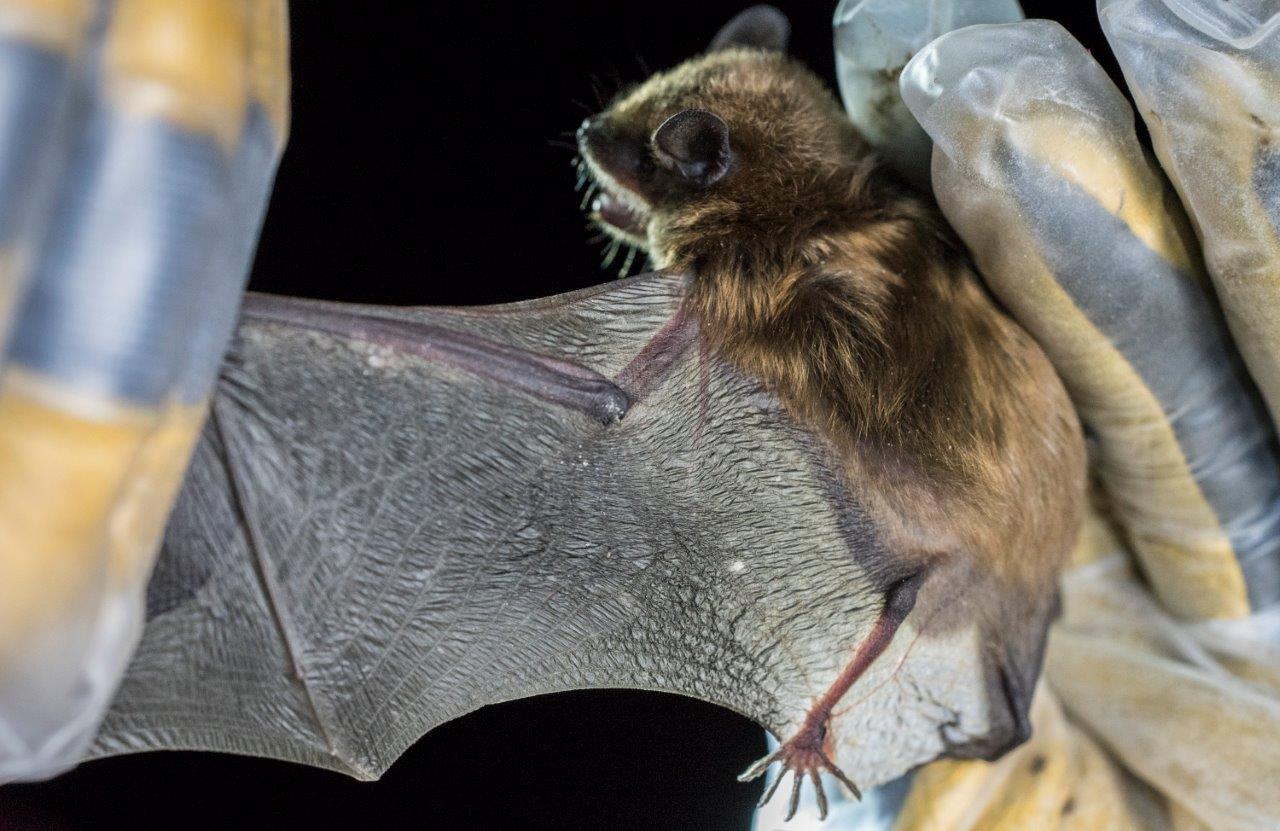
KAK: When bats awaken prematurely, what happens to them?
JR: A bat is putting on 20-25 percent of its body weight just in the fall, in order to survive six or seven months without eating. And over the course of hibernation, they lose a third of their body weight. Normally, a bat would wake up every two or three weeks. They’d warm up their body from the temperature of the cave. And that’s very energy expensive, including flying.
If they fly around a little bit or move inside the site — which is a natural behavior — they’re going to burn through 60 days’ worth of body fat. This is a fungal disease that they’re living with now, and the fungus causes them to wake up at a more frequent arousal rate. So every few days, they may be coming out of torpor, burning through more significant fat reserves.
KAK: It seems like bats, though, are hibernating in places that are away from our daily lives. As we come and go, what can we do to help bats thrive in Wisconsin?
JR: As they’re hibernating, it continues to be important to leave them alone. (They’re) seeking out the dark, quiet shelter and protected area of a cave or a mine so that they can stay in torpor, stay in hibernation, and not burn through energy. So it’s important to stay out of sites from October 1 through May 15, when bats are in there.
Then in these concentrated areas, the bats emerge and spread out to our farms and neighborhoods and forests. So when they’re up on the landscape in the summer months, they have plenty of insects to eat. They have lots of great water resources, because it’s Wisconsin, they have forest resources.
But as dead trees fall, as old buildings are torn down, or as people exclude bats that are roosting in their attics or buildings, we can provide alternate habitat through bat boxes. And certainly, we can continue to improve our backyard wildlife habitat. It’s good for bats to plant native plants, because those are supporting native ecosystems.
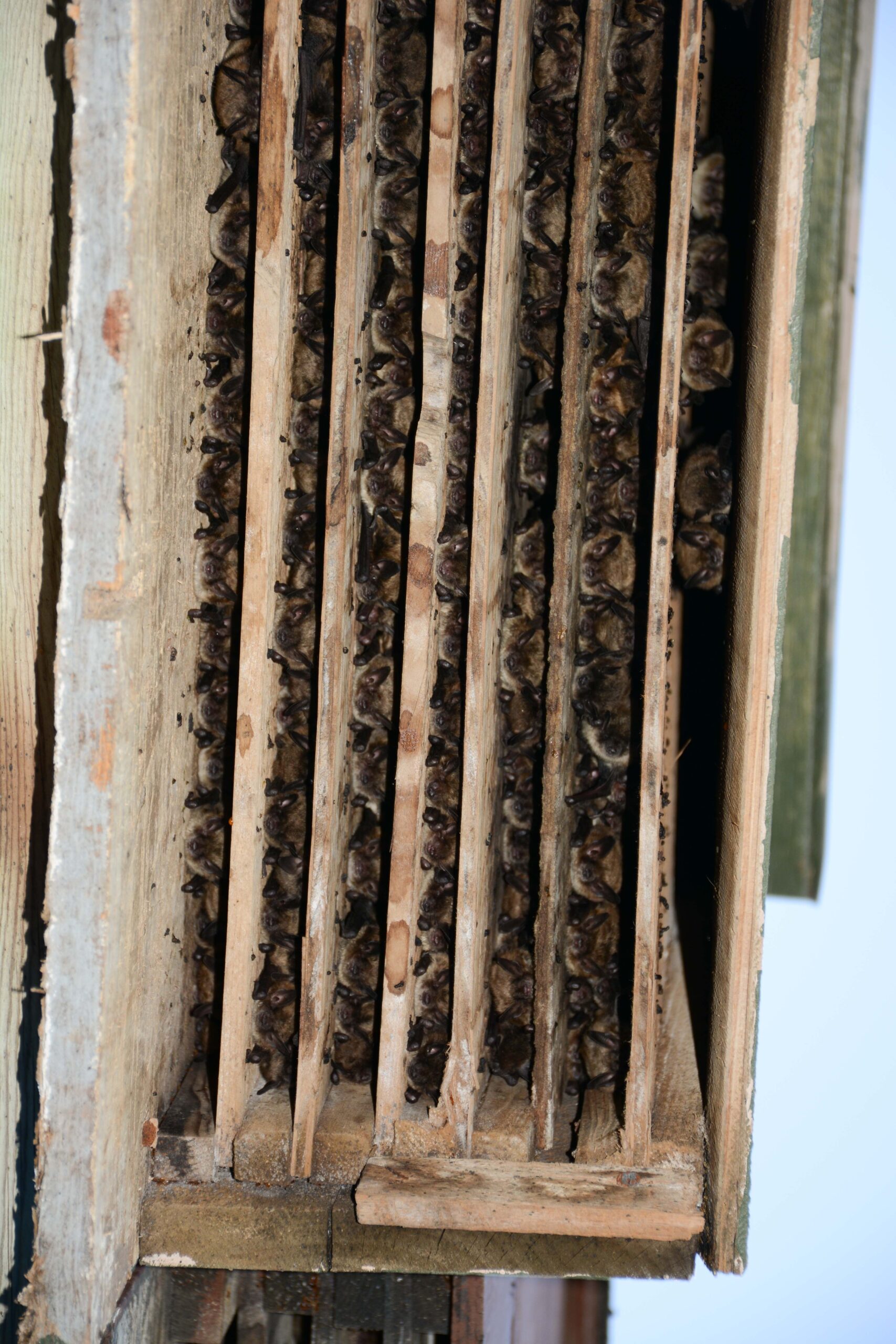
Wisconsin Public Radio, © Copyright 2025, Board of Regents of the University of Wisconsin System and Wisconsin Educational Communications Board.

